5 Ways Trump’s ‘Big, Beautiful Bill’ Could Impact Your Wallet
This article was originally featured on GoBankingRates, Yahoo!, AOL, MSN, and NASDAQ
President Donald Trump’s “big, beautiful bill,” which has passed in the House of Representatives, has sparked fierce debate. While the bill promises growth and relief in some areas, it also introduces cuts, cost shifts and structural changes that could impact everything from healthcare premiums to loan payments — and affect the budgets of everyday Americans.
Here are five key ways this sweeping legislation could affect your wallet.
Making the 2017 Tax Cuts Permanent
One of the bill’s most consequential provisions is the move to make the 2017 tax cuts permanent. Experts said these tax cuts could extend financial relief to many individuals and families, encouraging long-term economic growth.
“These tax cuts provide much-needed relief to small businesses and individuals and encouraged billions of dollars in economic activity and investment,” said Javier Palomarez, founder and CEO of the United States Hispanic Business Council. “Extending these cuts would allow businesses to invest and grow at a faster rate.”
He explained that these cuts could have a positive impact overall. “Extending these cuts could have a far greater, and a more positive impact than changes to SNAP or Medicaid,” he said.
Rising Mortgage and Loan Rates
One overlooked consequence of the bill is how it could quietly raise the cost of borrowing across the board. From home mortgages to car loans, everyday Americans could find themselves paying more to afford basic milestones.
“The proposed legislation could increase your expenses by increasing your mortgage payments for a house,” said Steven Conners, founder and president of Conners Wealth Management. “Mortgage rates are high but still going up. Furthermore, this doesn’t count higher loan rates for car loans and other purchases that are more significant in price, where we ordinarily buy them through a loan which is based off the bond market.”
He added that the bond market is already reacting to the bill, signaling that borrowing costs could keep rising. With national debt on the rise and no clear ceiling for interest rates yet, Conners said that the overall trend points toward more expensive loans.
Reduced Access to Health Subsidies
According to a bill analysis by the Center on Budget and Policy Priorities, by 2034, about 16 million people could lose health coverage and become uninsured due to a variety of proposals in the bill, including Medicaid cuts.
Middle-income families who rely on Affordable Care Act (ACA) support or Medicaid expansion could also be affected. “Premiums will most likely increase,” Conners said. “For those less fortunate, Medicaid will see less funding, which ultimately puts more pressure on this part of the population.”
Smaller Food Budgets
Working families who rely on SNAP benefits could feel the sting of the bill almost immediately. A combination of benefit reductions and new restrictions could make it more difficult for many households to afford sufficient food.
“The most immediate impact will be the reduction of benefits received by those enrolled in SNAP,” Palomarez said. He explained that these cuts, as well as the administration’s push to have states restrict SNAP-eligible items, could result in strained food budgets for many Americans.
While many assume that cutting SNAP benefits would affect only low-income households, the impact can ripple across entire communities and state economies.
A Commonwealth Fund analysis found that reduced food assistance can lead to job losses and decreased business activity, even in places far from where the cuts occur. For instance, groceries purchased in Georgia might support farmers in Kansas or processors in Tennessee, and a clinic closure in Louisiana could result in a nurse losing her job in Texas, per The Commonwealth Fund.
PBM Reforms and Lower Drug Prices
One of the bill’s measures targets the opaque practices of pharmacy benefit managers.
“Certain provisions related to pharmacy benefit manager (PBM) reform have the potential to significantly lower prescription prices for everyday Americans,” Palomarez said. “Unlike the strict price control measures threatened by the administration earlier this year, the Big Beautiful Bill relies on transparency with consumers and mandated reporting to NADAC to ensure consumers can make the most informed decisions.”
